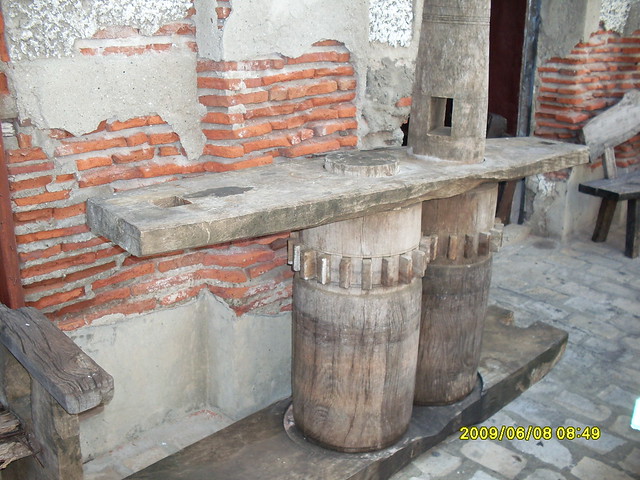


San Nicolas, Ilocos Norte, a town of proverbially industrious Ilocanos, is known as a center of pottery, although there were other cottage industries including leather tanning which was once a major industry producing leather crafted goods. The tanneries were situated in the outskirts of the town where there were wide open spaces for sun drying and to keep the foul odor emanated during the tanning process away from the populated areas.The main source of leather, locally called LALAT, is the rawhide which is the by-product of the meat industry – mostly cow, carabaos and horses. Skins of small animals such as goats, cats, monkeys, lizards, and snakes are also sources of good leather. Leather is crafted into various articles such as footwear, belts, luggage, upholstery, and many more.
Leather tanning is a simple process but requires patience and endurance. After the rawhide is stripped from the butchered animal, it is thoroughly washed and prepared for tanning. It is heavily sprinkled with lime and soaked in lime and water solution for two weeks. Then it is drained and soaked in a solution of extracts from the bark of the DAMORTIS tree (Pithecellobium dulce) and water of two weeks. It will be flipped over and kneaded continuously to get it evenly saturated. This will give it the reddish color. When this is completed the hide is stretched flat and staked to the ground and left to dry. The tanned leather is then ready for market.










